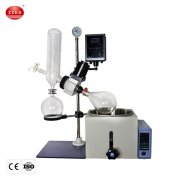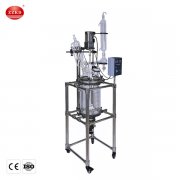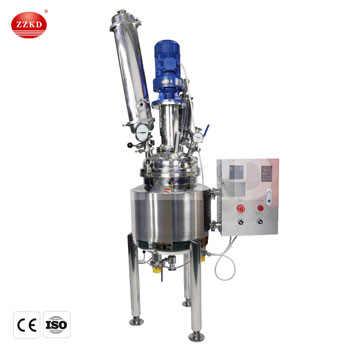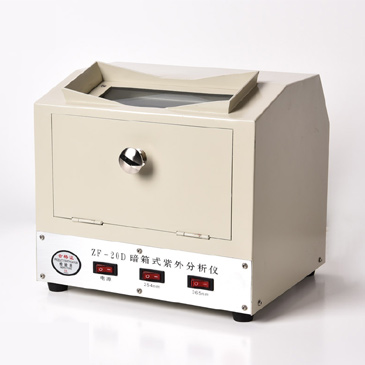Spray drying is a widely used method in food processing, but is it safe? This question is crucial for consumers, manufacturers, and regulators alike. Spray drying involves converting a liquid into a dry powder by rapidly drying with a hot gas. This process is commonly used for producing milk powder, instant coffee, spices, and various food additives. While the method is efficient and effective, it's important to examine its safety comprehensively.
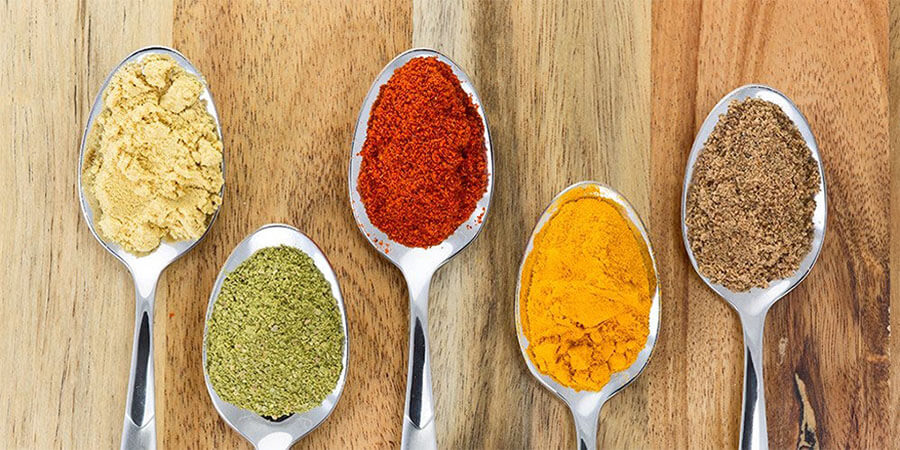
Understanding the Spray Drying Process
Spray drying starts with the preparation of the liquid feed, which is usually a solution, slurry, or paste containing the food product. This feed is then atomized into a spray of fine droplets using a spray nozzle or rotary atomizer. These droplets are introduced into a drying chamber where they encounter a stream of hot gas, typically air. The hot gas evaporates the moisture from the droplets, transforming them into dry particles that are then collected from the drying chamber.
But why is spray drying so popular in the food industry? This method offers several advantages:
-
Efficiency: Spray drying is capable of producing a large quantity of dry product quickly.
-
Preservation: It helps preserve the shelf life of food products by removing moisture, which inhibits microbial growth.
-
Quality: The process maintains the nutritional and sensory properties of the food, including flavor, color, and texture.
-
Convenience: The resulting powders are easy to transport, store, and use in various food applications.
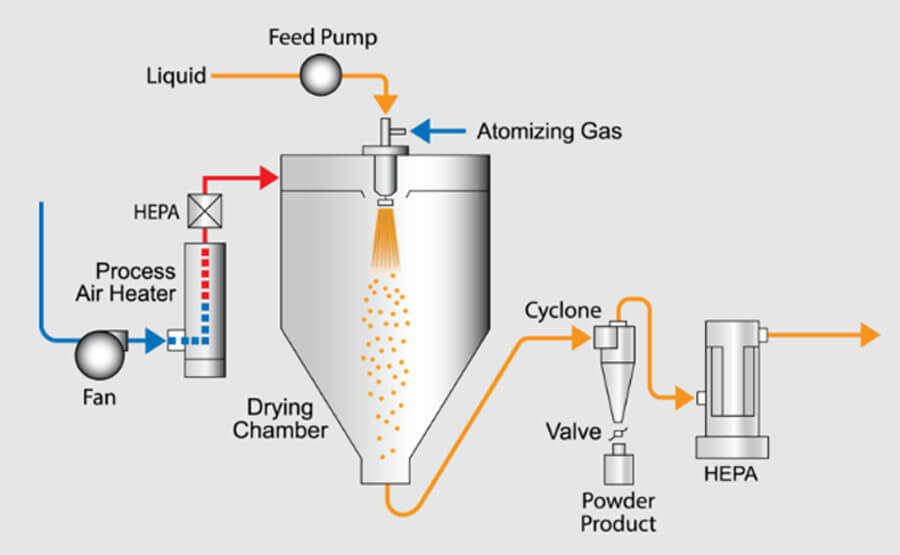
Safety Concerns and Measures
One might wonder, given its industrial nature, are there any safety risks associated with spray drying food? To address this, let's explore the potential hazards and the measures in place to mitigate them.
-
Thermal Degradation: Exposure to high temperatures can lead to the degradation of heat-sensitive nutrients and bioactive compounds. However, advancements in technology allow precise control of drying conditions to minimize thermal damage.
-
Microbial Safety: The high temperatures used in spray drying are effective in killing most microorganisms, including bacteria, yeasts, and molds. Additionally, the low moisture content of the final product inhibits the growth of any surviving microorganisms. Manufacturers also implement rigorous hygiene and sanitation practices to ensure microbial safety.
-
Chemical Contaminants: Potential chemical contaminants can originate from the feedstock or the processing environment. To prevent contamination, strict quality control measures, including raw material inspection and regular equipment maintenance, are enforced.
-
Allergen Management: Cross-contamination with allergens is a concern in food processing. To manage this risk, manufacturers must follow strict protocols for cleaning and segregating equipment when switching between allergen-containing and non-allergen products.
Regulatory Oversight
Food safety regulations play a crucial role in ensuring the safety of spray-dried foods. Regulatory agencies such as the FDA (Food and Drug Administration) in the United States and EFSA (European Food Safety Authority) in Europe establish standards and guidelines for food processing, including spray drying. These regulations cover aspects such as:
-
Good Manufacturing Practices (GMPs): Ensuring cleanliness, hygiene, and proper handling of food products.
-
Hazard Analysis and Critical Control Points (HACCP): Identifying and controlling potential hazards in the food production process.
-
Labeling Requirements: Providing consumers with accurate information about the ingredients and potential allergens in food products.
Compliance with these regulations is mandatory, and regular inspections and audits are conducted to ensure adherence.
Benefits of Spray-Dried Foods
Spray drying offers numerous benefits that contribute to the safety and quality of food products. For instance, the rapid drying process helps retain the nutritional value of food by minimizing the loss of heat-sensitive vitamins and minerals. Additionally, the low moisture content of spray-dried products enhances their shelf life, reducing the need for preservatives and additives.

Did you know that spray drying can also enhance the flavor of food?
The process can concentrate flavors, making the final product more intense and appealing. This is particularly valuable in the production of instant coffee and powdered beverages, where flavor is a key quality attribute.
Recommendation: Choosing the Right Spray Dryer
When considering spray drying for your food products, selecting the right spray dryer is crucial. ZZKD Machinery and Instrument Equipment Co., Ltd. offers state-of-the-art spray dryers designed to meet diverse industrial needs. Here are some reasons to choose ZZKD spray dryers:
-
Advanced Technology: ZZKD milk powder dryer incorporate the latest technological advancements to ensure efficient and safe drying.
-
Customization: Tailored solutions to meet specific requirements, ensuring optimal performance for different food products.
-
Quality Assurance: Rigorous quality control measures and compliance with international standards like ISO9001 and CE certification.
-
Global Presence: With warehouses in the United States, Spain, and Thailand, ZZKD provides prompt delivery and support worldwide.
-
Expert Support: Dedicated technical support and professional sales teams offer one-stop solutions and ongoing assistance.
By choosing ZZKD spray dryers, you can ensure high-quality, safe, and efficient production of spray-dried foods, contributing to the success and reliability of your food processing operations.
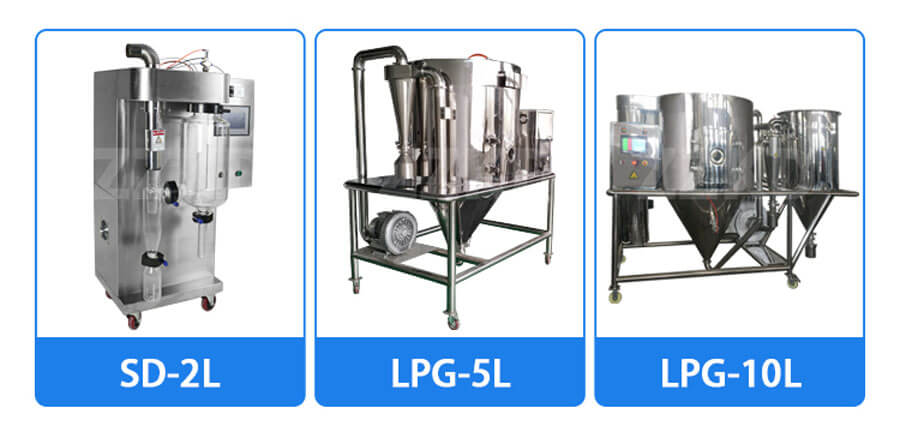
Technological Innovations
Advancements in spray drying technology continue to improve the safety and quality of food products. Some of these innovations include:
-
Controlled Atmosphere Drying: Using inert gases like nitrogen instead of air to prevent oxidation and preserve sensitive components.
-
Encapsulation: Encapsulating sensitive ingredients like probiotics, vitamins, and flavors to protect them from heat and improve their stability.
-
Smart Drying Systems: Incorporating sensors and automated controls to optimize drying conditions and ensure consistent product quality.
What are the latest trends in spray drying technology?
One emerging trend is the use of microencapsulation to enhance the delivery of bioactive compounds in functional foods. This technique allows for the incorporation of probiotics, omega-3 fatty acids, and other health-promoting ingredients into food products without compromising their stability or bioavailability.
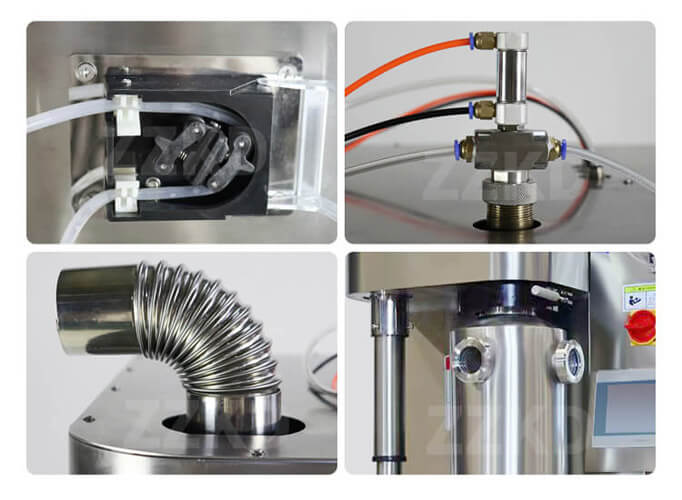
Consumer Considerations
From a consumer perspective, spray-dried foods offer several advantages, including convenience, extended shelf life, and easy preparation. However, it's important to be informed about the ingredients and processing methods used in these products. Reading labels and choosing products from reputable manufacturers can help ensure the quality and safety of spray-dried foods.
Conclusion
Spray drying is a safe and effective method for producing a wide range of food products. The process, when properly managed and regulated, minimizes safety risks and preserves the nutritional and sensory qualities of food. Advances in technology and strict adherence to food safety regulations further enhance the safety and quality of spray-dried foods.
So, is spray drying food safe? Yes, when conducted under the right conditions and with appropriate safety measures, spray drying is a reliable method that offers numerous benefits to both manufacturers and consumers. The continuous innovation in spray drying technology promises even greater improvements in the future, making it an indispensable technique in the food industry.

 Products
Products





